Radar Bands & Related Applications 3 MHz 30 MHz 300 MHz 1000 MHz or 1 GHz 2 GHz 4 GHz 8 GHz 12 GHz 18 GHz 27 GHz 40 GHz 75 GHz 110 GHz mm 300 GHz HF VHF UHF L S C X Ku K Ka V W Standard Radar Bands Based on IEEE StandardFunction Array Radar (AMFAR) AMFAR to AN/SPY1 The AMFAR demonstrator was conceived, designed, fabricated, and tested by APL between 1964 and 1969 and served as the advanced development model for technologies incorporated into the Aegis AN/SPY1A radar It brought all elements of the radar system together andThe AEGIS SPY1 radar initially served as the foundation of the Navy's ability to detect and track ballistic missile threats In the near term, planned upgrades to this radar enhanced its

What S The Difference In The Navy An Spy 6 Amdr And The Current Radar Systems Quora
Spy 1 radar frequency
Spy 1 radar frequency-Band4 As depicted in Figure 1, the two frequency bands for mobile communications and aeronautical radio navigation are located very close to each other As an example, some ATC radar systems operate at 27 to 29 GHz;Radar Bands Most of the radars operate in UHF as well as microwave frequency bands Nowadays radars even use millimeter bands Following table1 mentiona in general radar bands and peak power transmitted in each of these bands Following table2 mentions all the Radar bands with their respective frequency range, wavelength and applications




Raytheon S An Spy 6 V Is And Integrated Air And Missile Defense Naval Radar That Can Track Multiple Ballistic And Cruise Missile Targets International Defense Security Technology Inc
Built off the concept of the AN/SPY1 radar, the primary air and surface radar used on cruisers and destroyers, DBR uses three gigantic panels or arrays to transmit a radiofrequency signal into the air Each of the three panels covers 1°, for a complete 360° picture The heart of the AEGIS systems is an advanced, automatic detect and track, multifunctional phasedarray radar, the AN/SPY1 This highpowered radar is able to perform search, track and missile guidance functions simultaneously with a capability of over 100 targets The AN/SPYl radar system is the primary air and surface radar for the Aegis Radar jamming is usually done by determining the frequency at which an enemy radar is broadcasting and then transmitting a signal at that same frequency to confuse it Over time, engineers developed a way to counteract this form of jamming by designing radar systems which could change their frequency with each pulse the AN/SPY1 radar has
SPY1's Sband frequency range permits optimum performance in allweather operations and the ability to perform all major radar functions while simultaneously providing proven Sband midcourse guidance for semiactive missiles, such as the Evolved Sea Sparrow Missile, SM2 and SM3 For a target radar crosssection of 001 m 2 and with a radar dwell time of 01 seconds, we obtained a detection range (assuming S/N = ) of 870 km and a discrimination range (assuming S/N =100) of 580 km In this post, we make similar estimates for the Aegis SPY1 radar, and get significantly shorter ranges of 550 and 370 km, respectivelyThe Aegis system communicates with the Standard missiles through a radio frequency (RF) uplink using the AN/SPY1 radar for midcourse update missile guidance during engagements, but still requires the AN/SPG62 radar for terminal guidance
The Baseline 10 upgrade enhances those capabilities and is designed to work with SPY6 and the legacy SPY1 radars The Sband SPY6, or the Air and Missile Defense Radar, was born following theBy the AN/SPY1 radar to SM or ESSM, is in the Sband (defined as 2–4 GHz) portion of the RF spectrum Data bits are encoded in either one of two frequency tones A tone transmitted at frequency f 1 represents a logical 0, and a tone transmitted at frequency f 2 represents a logical 1 This modulation is called frequencyshift keying (FSK)SPY7 is a scalable radar that can protect against ballistic missiles and antiair missiles This technology can protect warfighters and citizens at sea, ashore and around the world, through programs like Aegis, Aegis Ashore, and LRDR SPY7 provides several times the performance of traditional SPY1 radars – it can detect, track, and engage




Multifunction Phased Array Radar Mpar Ppt Video Online Download




August 18 Thai Military And Asian Region
Vi –Year Federal Spectrum Requirement Forecast for Radar Bands Frequency Bands Federal Government Use 92–100 GHz Airborne firecontrol, beacons, atmospheric research, cloud detection, and synthetic vision radarsDesignated radar for LHA8 and LX(R) Variant 2 – Three face, fixed array radar Upgraded capability replacing AN/Spy4 Volume Search RadarAN/SPY1 The AN/SPY1 is the electronically scanned fixedarray radar for the US Navy's Aegis fleet air defence system It operates in the E/FBand, and the output is in several megawattsThe transmitter serves several parallel channels simultaneously The Aegis system has been fully operational since 19 and advanced versions of the radar have also been developed




Navy S Cruiser In The Cornfield Gets Radar Upgrade Usni News
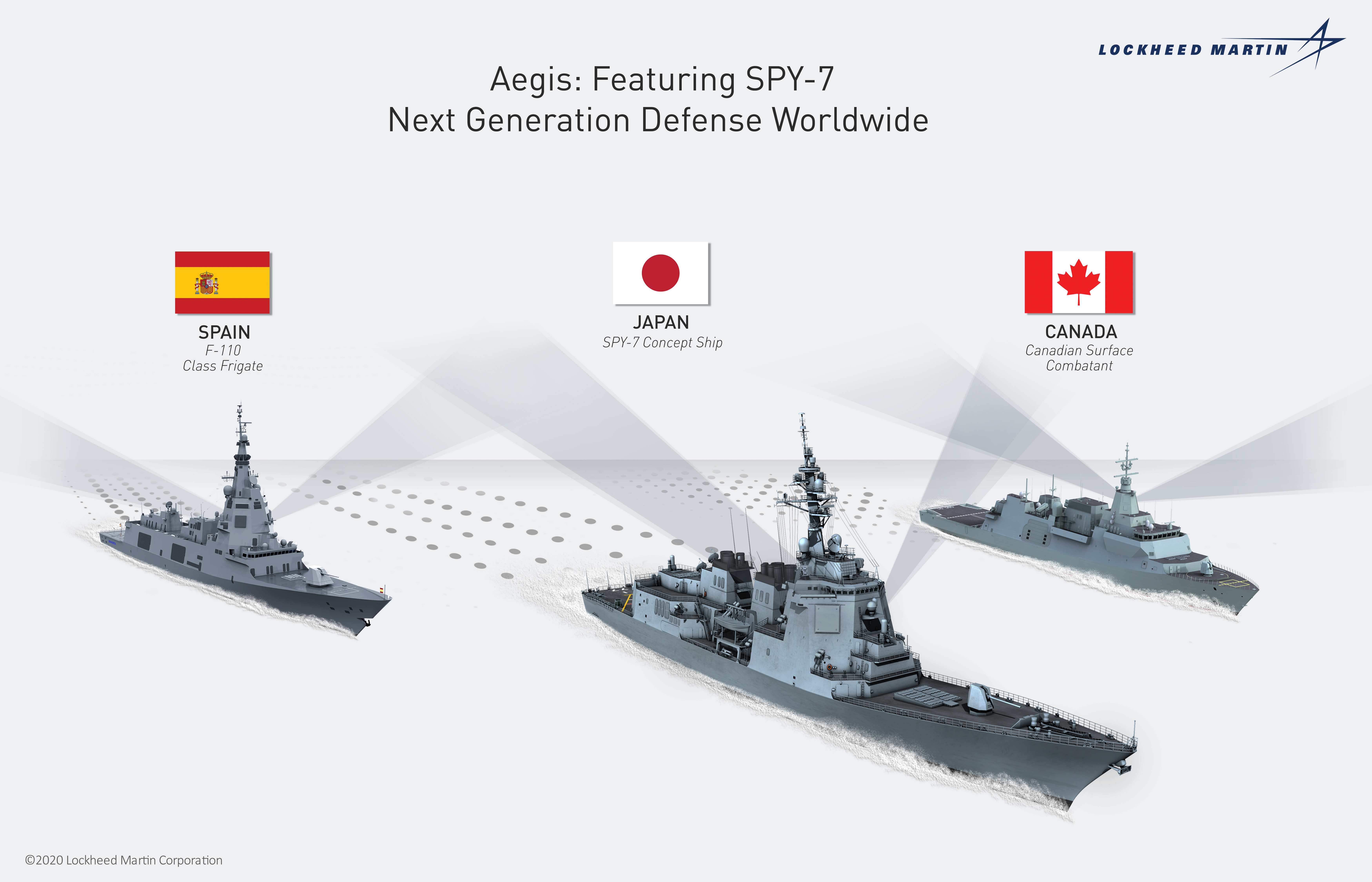



Why Spy 7 Is The World S Most Versatile Radar Lockheed Martin
Primary sensor for ship selfdefense and situational awareness;System and SPY1(D) illuminator Cobra Judy Replacement (CJR) CJR's dualband radar suite consists of X and Sband phasedarray sensors, a common radar suite controller, and other related mission equipment The system provides the government with longloiter ballistic missile data collection capability InService RadarsAN/SPY1 3D phased array air search radar part of Aegis Combat System AN/SPY2 AN/SPY3 3D dual frequency, phased array air search, tracking, and target illumination radar




An Spy 6 Wikipedia




Phased Array Radar Principles Ppt Video Online Download
AN/SPY6 (V)3 A 3sided phased array fixed version of the EASR, each with 9 RMAs It has the same capabilities as AN/SPY6 (V)2 Operating in Sband, it will serve as a Volume Search Radar complementing the AN/SPY3 Xband radar on Gerald R Ford class aircraft carriers, starting with USS John F Kennedy (CVN79) Lockheed Martin's Solid State Radar has been designated as AN/SPY7 (V)1 by the United States government SPY7 and Aegis Ashore will defend against ballistic missile threats and provide continuous protection of Japan MOORESTOWN, NJ, Nov14, 19 / PRNewswire / The world's latest generation solidstate radar technology, formerly known asSPY6 radars are built from individual 'building blocks' called Radar Modular Assemblies, or selfcontained radars that come in 2'x2'x2' boxes Those boxes stack together to fit the mission requirements of any ship – a feature that makes the SPY6



An Spy 1 Shipbucket Wiki
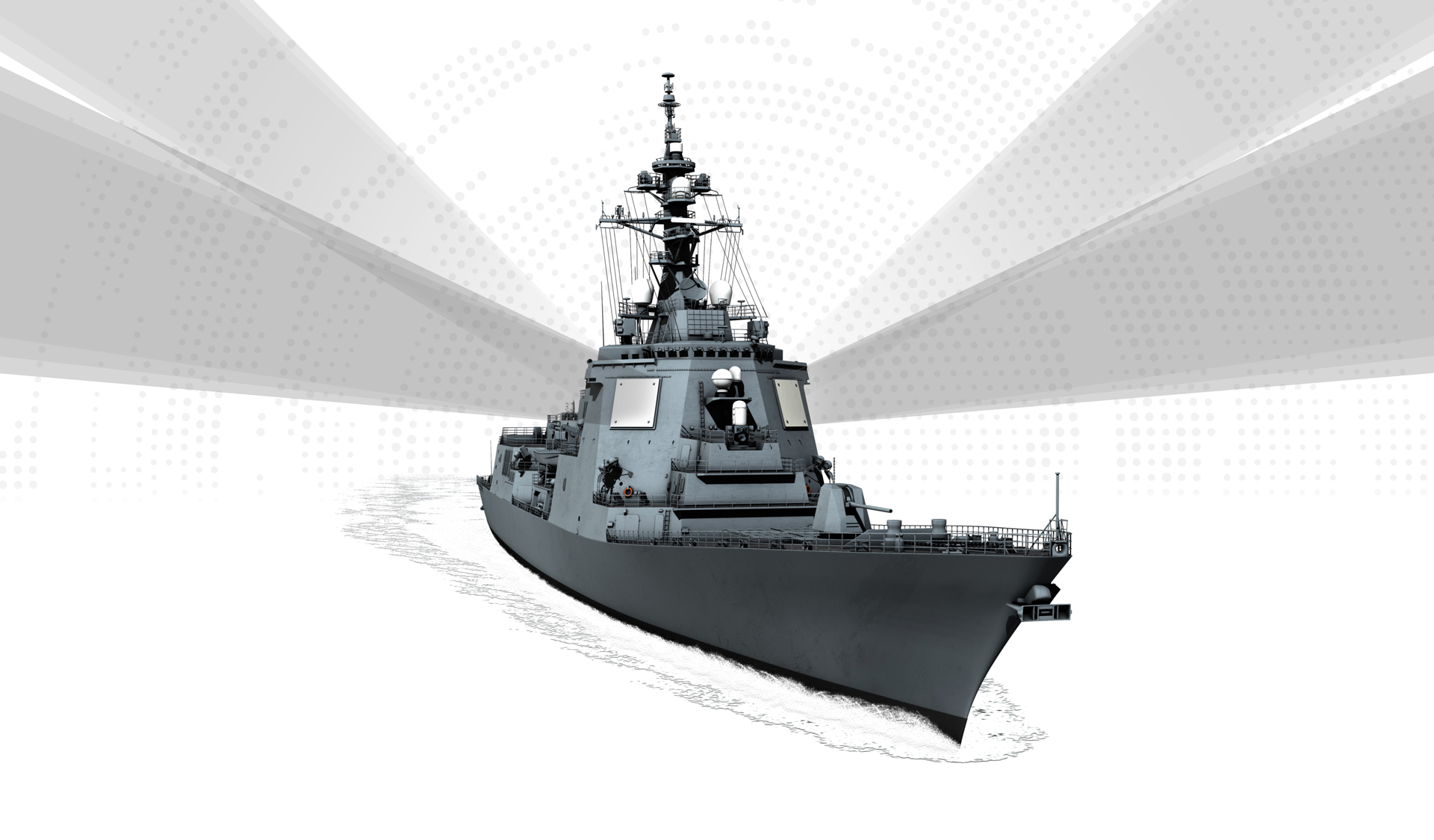



Spy 7 Lockheed Martin
The EASR system, a collection of radar devices on a 36square foot platform and an element in the SPY6 air and missile defense radar system,Radar Systems Course 1 Clutter 11/1/09 IEEE AES Society Radar Systems Engineering Lecture 10 Part 1 AEGIS SPY 1 AWACS A SPS49 HAWKEYE E2C Courtesy of US Navy Courtesy of US Navy 1) Radar Parameters • Frequency, f The SPY6 will be featured on the Flight III Arleigh Burke Guided Missiles Destroyers The radars are slated to be 30 times more powerful than the current SPY1 radar 2 SPY6 Development The SPY6 radar was initiated in the early 00s and designed to provide air defense, ballistic missile defense, and support surface warfare operations




Radar An Spy 6 Military Analizer




Spy Detector Camera Detector Wireless Rf Spy Detector For Hidden Camera Gsm Listening Device Radar Frequency Detector Gps Locator Scanner Wireless Alarm Black Fruugo Bh
Radar_TxRxCourse PPhu 11 Average Power Output Versus Frequency Tube Amplifiers versus Solid State Amplifiers 1 10 6 10 2 102 10 4 Average Power (Watts)1 1 10 100 1000 Frequency (GHz) Solid State Amplifiers Dominate Tube Amplifiers Dominate Region ofRadar Bands Radar Band Frequency HF 3 – 30 MHz VHF 30 – 300 MHz UHF 300 – 1000 MHz L 1 – 2 GHz S 2 4 GHz C 4 – 8 GHz X 8 – 12 GHz Ku 12 – 18 GHz Ka 27 – 40 GHz mm (V & W) 40 – 300 GHz 5 nge N / TI rge mall ge rte AirtoAir / ns lar n lar n Radar Waveform Taxonomy 6 Publicly available documentation published by the Union of Concerned Scientists states that the AN/SPY1D transmits in Sband with a frequency waveband of 31 gigahertz (GHz) to 35GHz, with a 400 megahertz (MHz) wideband waveform divided into ten 40MHz bandwidths allowing frequency hoping across this 400MHz band



Almaz S 300p Pt Ps Pmu Pmu1 Pmu2 Almaz Antey S 400 Triumf Sa 10 21 Grumble Gargoyle
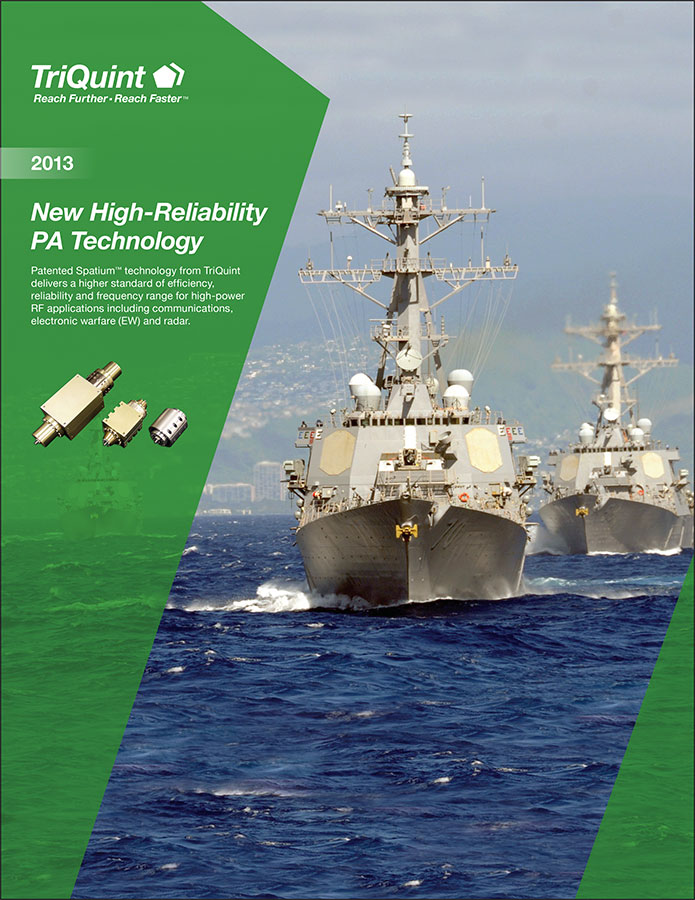



Sales Collateral Amc Solutions
Lockheed Martin SPY1 Phased Array radar test facility The AN/SPY1D, AN/SPY1D (V), SPY1F, SPY1F (V) and SPY1K (V) form today's robust family of Sband multifunction phased array radar systems designed to meet the most demanding requirements and environments faced by naval forces A single SPY1 multifunction radar system is unique in An early paper on the SPY1 radar discusses three subbands, F L, F C, and F H, each 40 MHz wide, in the context of measuring antenna gain However, data was also collected over much wider bands than the defined ones — 160 MHz at broadside, and 1 MHz at a 60 degrees scan angleMLAY RF Radio Frequency Skin Tightening Machine for Facial and Body Tightening and Lifting 1 Count (Pack of 1) 38 out of 5 stars 44 $ $369 98 ($/Count) Get it




Raytheon S An Spy 6 V Is And Integrated Air And Missile Defense Naval Radar That Can Track Multiple Ballistic And Cruise Missile Targets International Defense Security Technology Inc
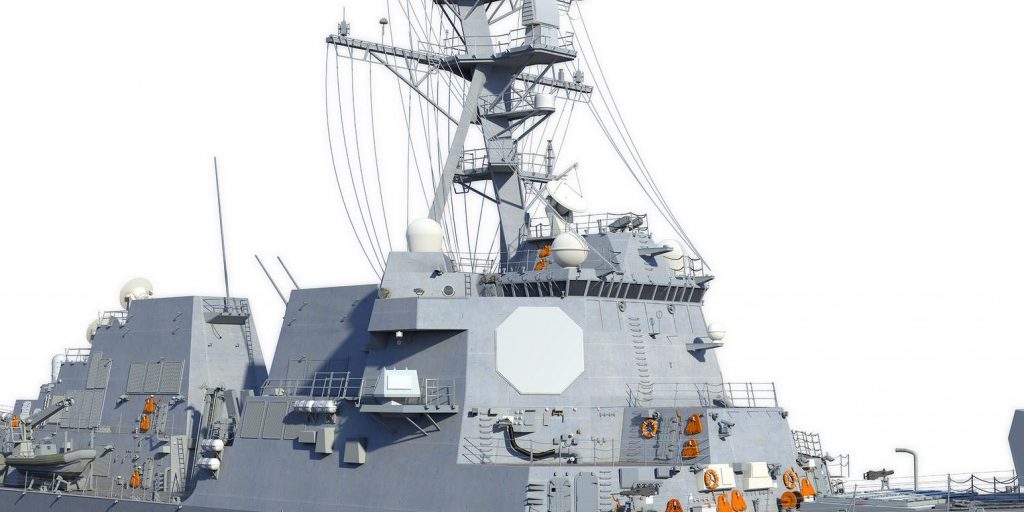



An Spy 6 V Missile Defense Advocacy Alliance
AN/SPX6(V) AMDR AN/SPX6(V) is a dual frequency band radar operating in SBand, and XBand based on Air and Missile Defense Radar (AMDR)The AMDR is the first scalable radar built with Radar Modular Assemblies (RMA) Each RMA is essentially an individual radar with the dimensions of 2ft×2ft×2ft That being said, both the SPY1 and the forthcoming Raytheon Air and Missile Defense Radar (AMDR) operate in higher frequency portions of the Sband and are able to generate weapons quality tracks The Enterprise Air Surveillance Radar (EASR) is the radar system that is replacing the illconceived Dual Band Radar (DBR) EASR is intended to replace the DBR on the Ford class carriers and the older rotating SPS48/49 systems on a variety of ships It appears that the Navy intends the EASR to become the standard for nonAegis ships such as




Us Navy S Dual Band Radar Achieves X And S Band Milestone Atlantic Organization For Security Aos




List Of Radars Wikiwand
Variant 1 – a single face, rotating radar Upgraded capability replacing AN/SPS48 and 49 air search radars;Radar Functions • Normal radar functions 1 range (from pulse delay) 2 velocity (from Doppler frequency shift) 3 angular direction (from antenna pointing) • Signature analysis and inverse scattering 4 target size (from magnitude of return) 5 target shape and components (return as a function of direction) 6 moving parts (modulation ofFollowing the US government's designation of their variant as SPY7 (V)1, the US government has declared Spain's SPY7 radar as SPY7 (V)2 "This designation is a direct reflection of the maturity and capability of Lockheed Martin's digital solidstate radar technology," Paul Lemmo, vice president and general manager at Lockheed




An Spy 1 Pdf Radar Military Technology
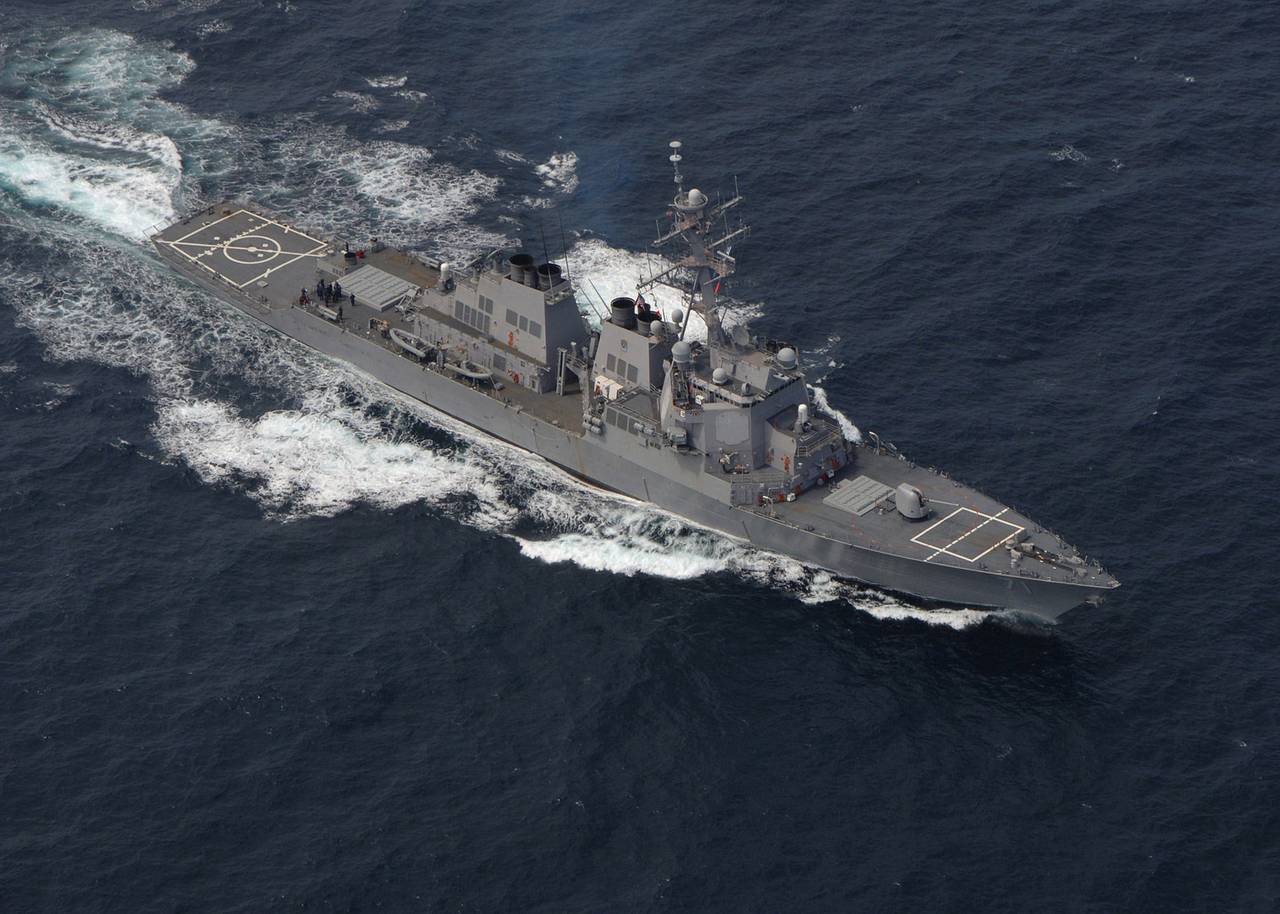



Degradation Of Destroyers Orly Burke
– AN/SPY1 Radar – AN/UYK1 Computer – LinkX – Human Operators Combat Information Center (Gaston, 03) N0119G002 Arabian Gulf () circuit and forced some Lt to switch the frequency every now and then and call out "switch!" as loudly as he could while doing it One problem that could have prevented theRadio and Radar Frequency Bands Military radar band nomenclature, L, S, C, X, Ku, and K bands originated during World War II as a secret code so scientists and engineers could talk about frequencies without divulging them After the war the codes were declassified and Ka band and millimeter (mm) were added Military radar band nomenclature isTable 1 summarizes some of the military phased array radar systems (refs 1 and 2) Note that many AEGIS/SPY1 S 234 4,000 936,000 Raytheon Preliminary specifications suggest an operating frequency of 77 GHz with a 15° by 6° beamwidth, a 10 Hz




An Spy 1 Radar




An Spy 1 Radar
The Aegis SPY1 radar acquires and tracks multiple targets, such as enemy planes and missiles, and helps defend against them It can operate as an integrated single ship system, as well as in a shiptoship network SPY1D(V) Transmitter and MK 99 Fire Control SystemArray radars such as SPY1 radar of Aegis system On the other hand, due to highly sensitive radar receivers, designed to detect even the faintest of returned signal, has in the past mandated for exclusive rights to radio spectrum allocations since its operation can be affected by commercial wireless system interference 2, 3Others, such as the AN/SPY1 radar operated by the US Navy, operate at a frequency of 35 GHz Most of these types of



1



2
AN/SPY1 Radar The heart of the AEGIS systems is an advanced, automatic detect and track, multifunctional phasedarray radar, the AN/SPY1 This highpowered (4 MW) radar is able to perform




Smart Antenna Systems Smart Antenna Array Antenna Array



2




An Spy 3 Wikipedia




Radar
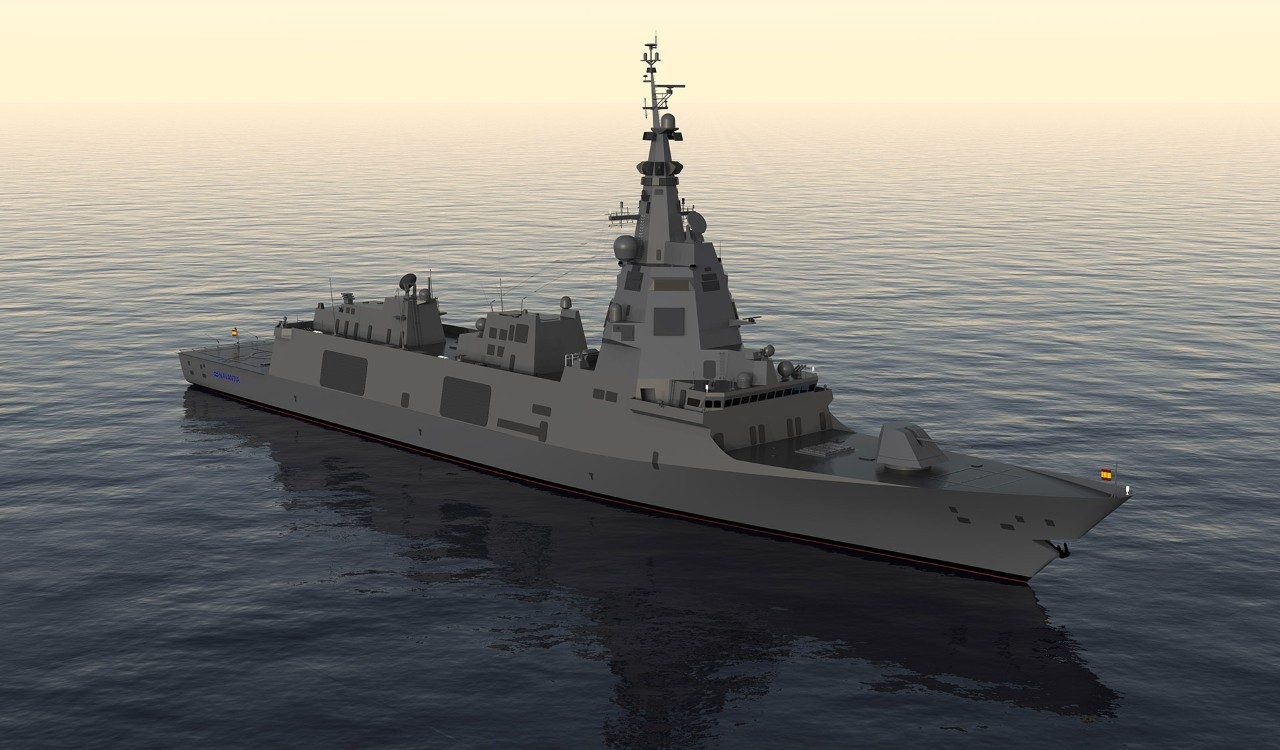



Why Spy 7 Is The World S Most Versatile Radar Lockheed Martin



June 16 Thai Military And Asian Region Page 2




Raytheon Missiles Defense Completes Major Testing Milestone On First Spy 6 Radar Array Naval News



2




In Focus The Royal Navy S Sampson Radar Navy Lookout



2



2
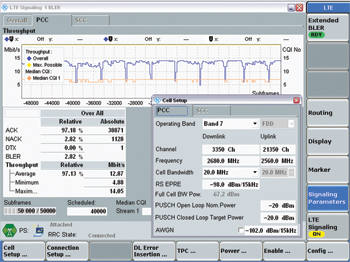



Co Existence Tests For S Band Radar And Lte Networks 14 08 15 Microwave Journal




An Spy 6 Wikipedia




An Spy 1 Wikipedia La Enciclopedia Libre




An Spy 3 Radartutorial
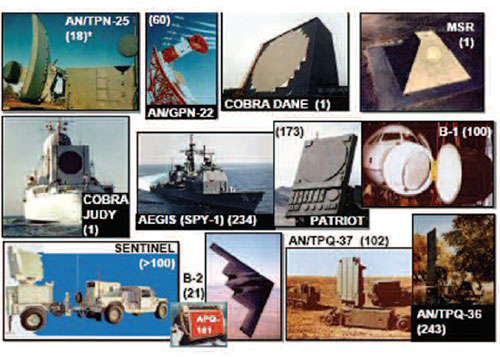



Phased Arrays And Radars Past Present And Future
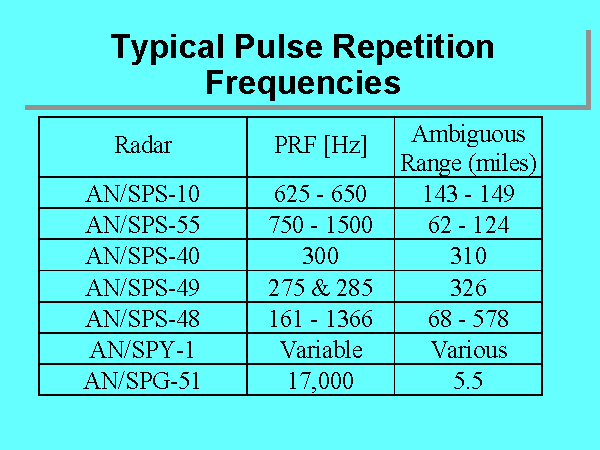



Radar



2




Esa Satellite Frequency Bands



What S The Difference In The Navy An Spy 6 Amdr And The Current Radar Systems Quora




Navy S Next Destroyer To Increase Radar S Capability In Terms Of S N By A Factor Of About Thirty January 30 13 Mostlymissiledefense
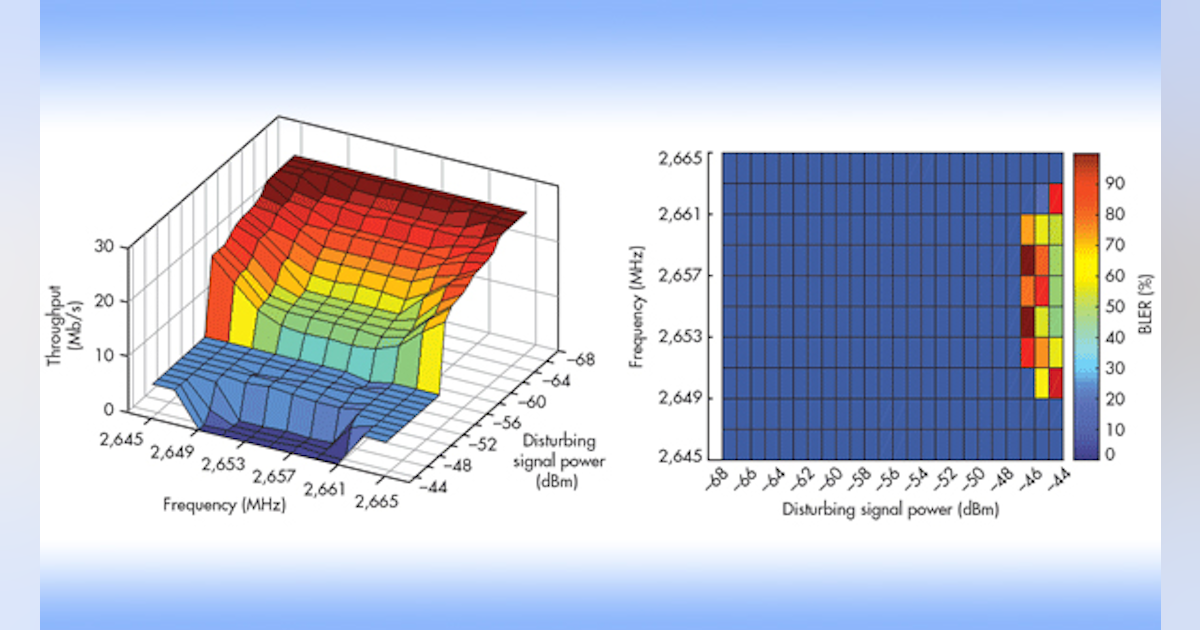



Evaluate Coexistence Of Lte And S Band Radar Microwaves Rf
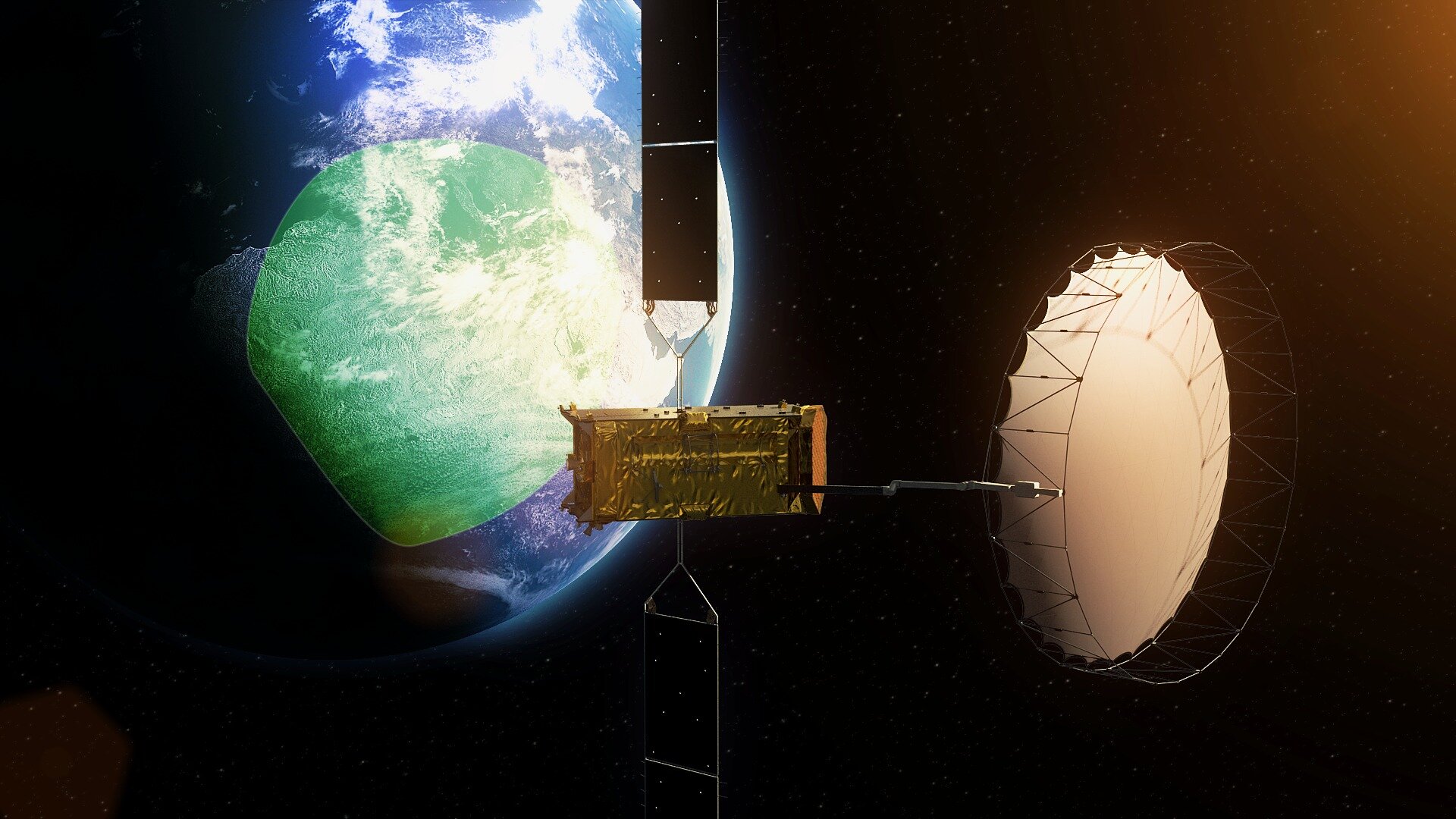



Esa Satellite Frequency Bands




Smart Antenna Systems Smart Antenna Array Antenna Array




An Spy 1 Pdf Radar Military Technology




An Spx 6 V Radartutorial




An Spy 1 Radar Missile Defense Advocacy Alliance




Radar An Spy 1 Military Analizer
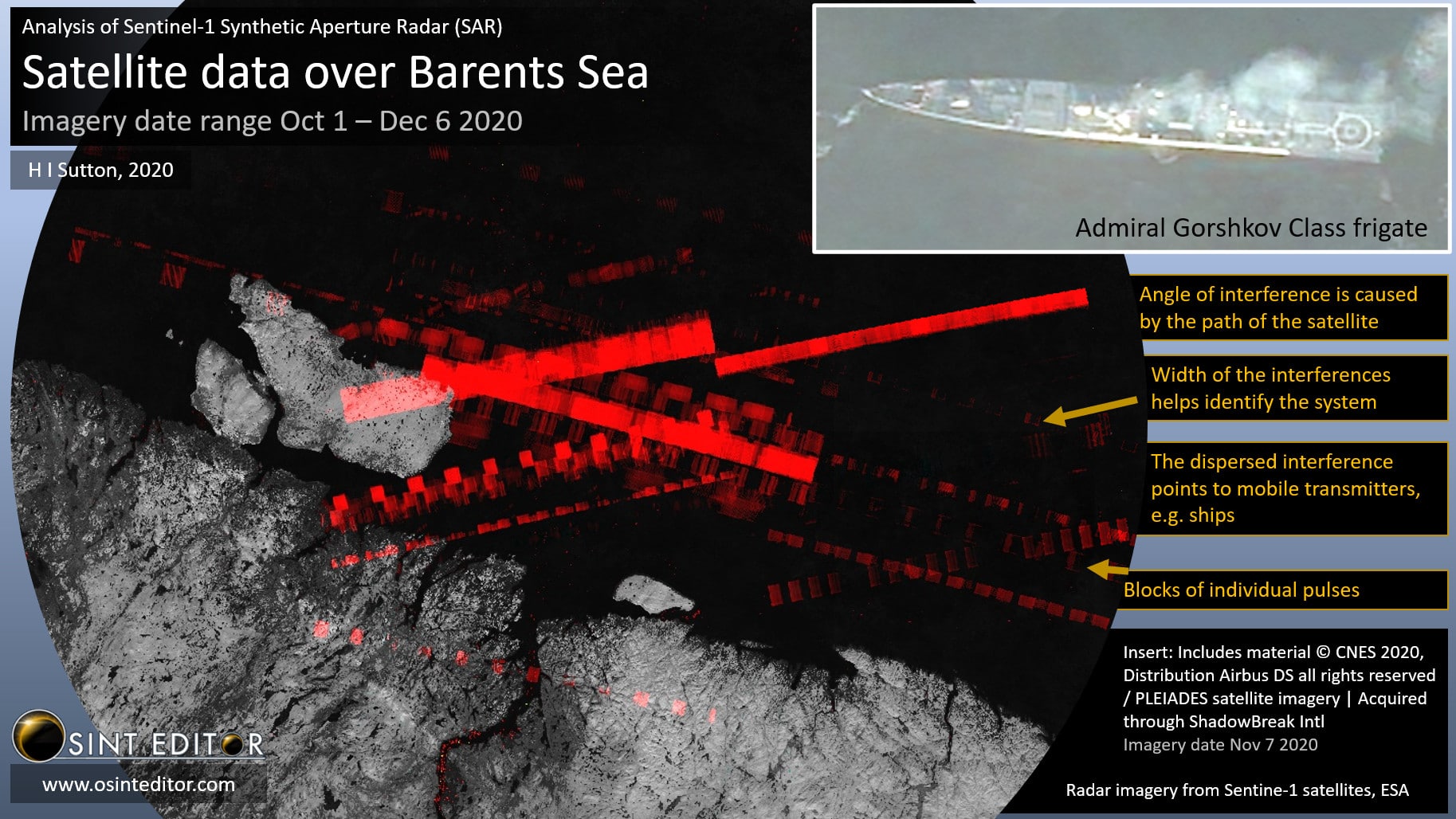



Hidden Threat To Navies How Freely Available Satellite Imagery Can Track Radars Naval News




Phased Array Radar Principles Ppt Video Online Download



2



Www Portierramaryaire Com View Topic Us Navy



Engagement And Fire Control Radars S Band X Band



Navy Mulling Installing An Spy 6 Baseline 10 On Legacy Destroyers Usni News




Type 346 Radartutorial




Spy 6 Radar Tracks Ballistic Missile Through Intercept And Multiple Simultaneous Targets Pakistan Defence




Predefined Measurement Frequency Bands Of Eme Spy 0 Exposimeter Download Table




Air Power New Contractors Shall Deliver Proof Of Manufacturing Hardware Comprising Of I Trimms 12 Units Ii Drexs 12 Of Each Lru Iii Rma Chassis 6 Units Iv



2




Ballistic Missile Defense The Aegis Spy 1 Radar August 3 12 Mostlymissiledefense




7 Fast Facts About The Navy S Newest Radar Amdr Will Help Keep The World A Safer Place Raytheon



1




What S The Difference In The Navy An Spy 6 Amdr And The Current Radar Systems Quora
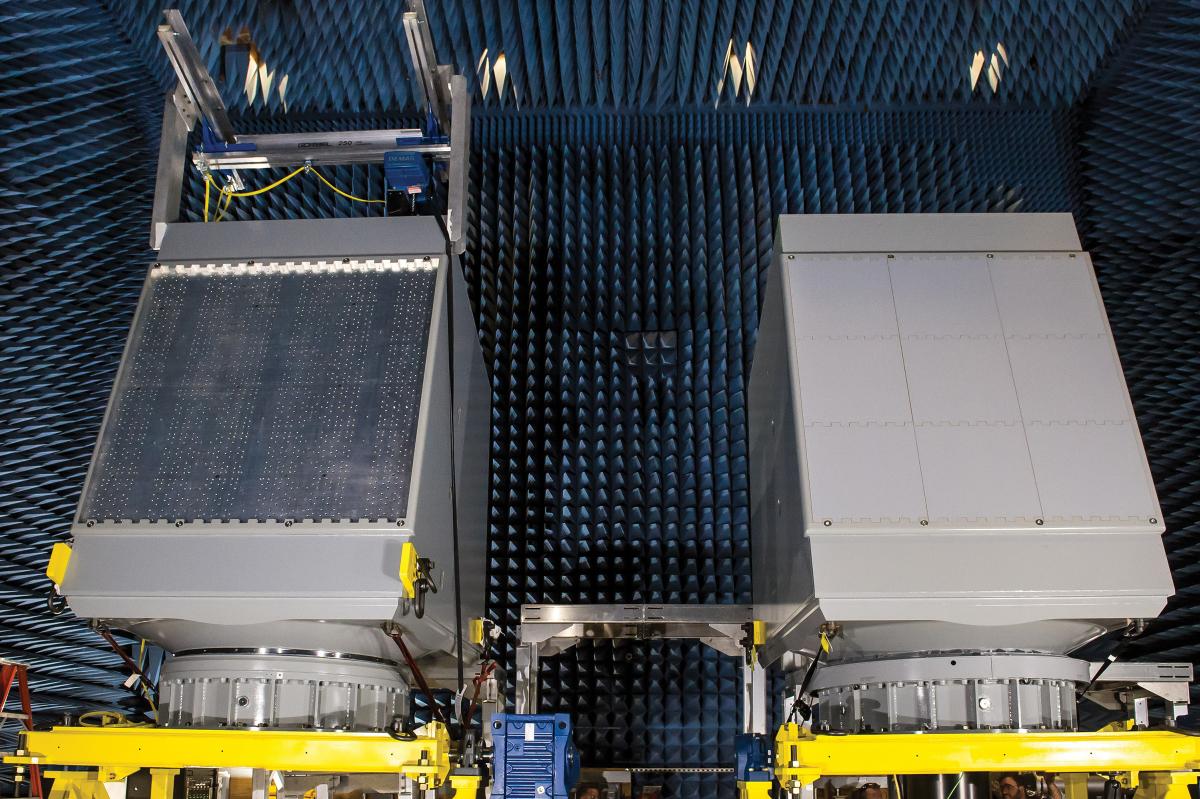



New Air Missile Defense Radar Proceedings June Vol 146 6 1 408




An Spy 1




An Spy 1 Wikiwand




7 Fast Facts About The Navy S Newest Radar Amdr Will Help Keep The World A Safer Place Raytheon



2



Spy1




Lockheed Martin Advocates Accelerating Aegis Spy 1 Upgrades
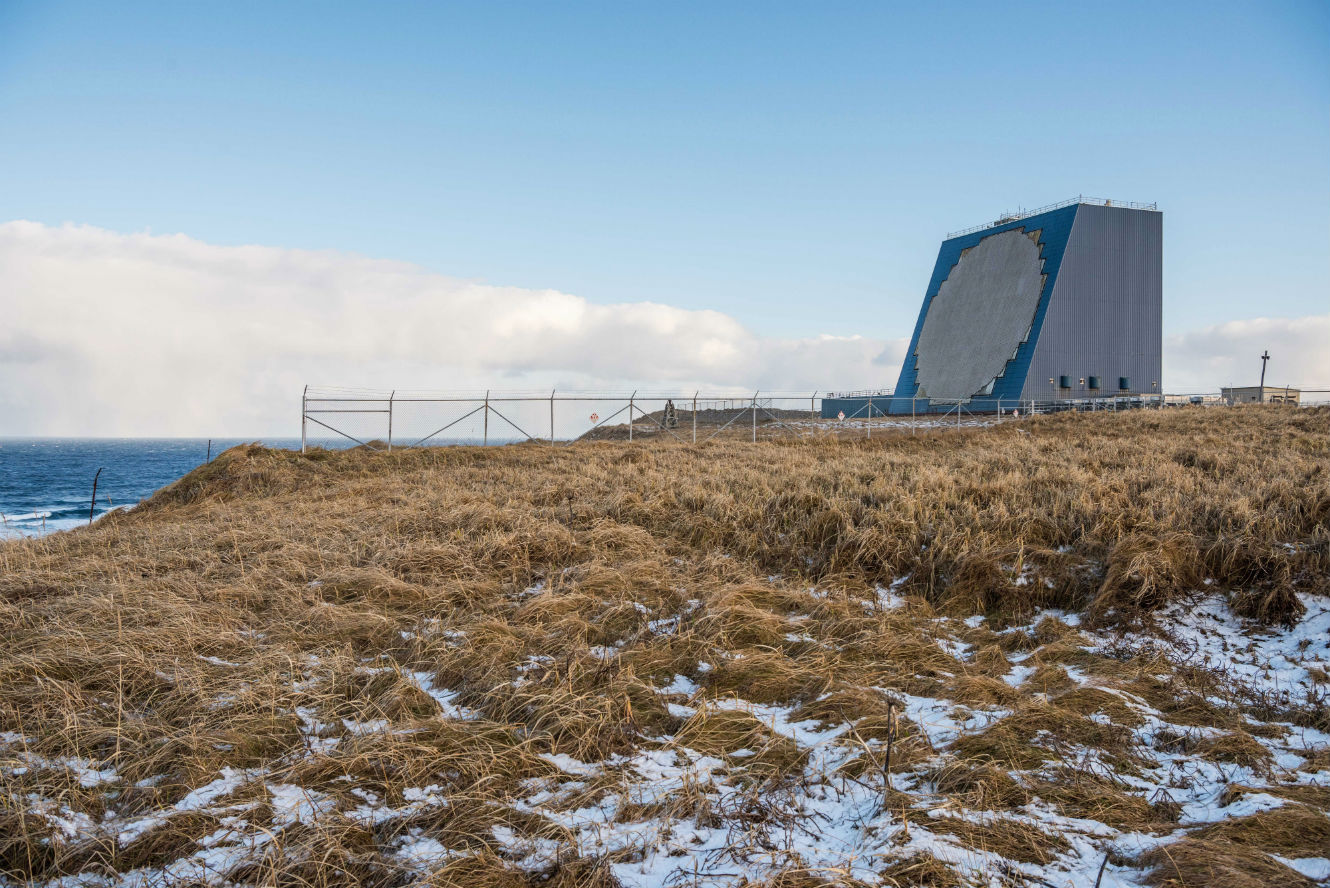



Beyond The Radar Archipelago A New Roadmap For Missile Defense Sensors




Predefined Measurement Frequency Bands Of Eme Spy 0 Exposimeter Download Table




An Spy 1 Radartutorial




Naval Analyses No Twitter Now That S A Frigate Bravo Canada T Co Ldcyu3ogqz
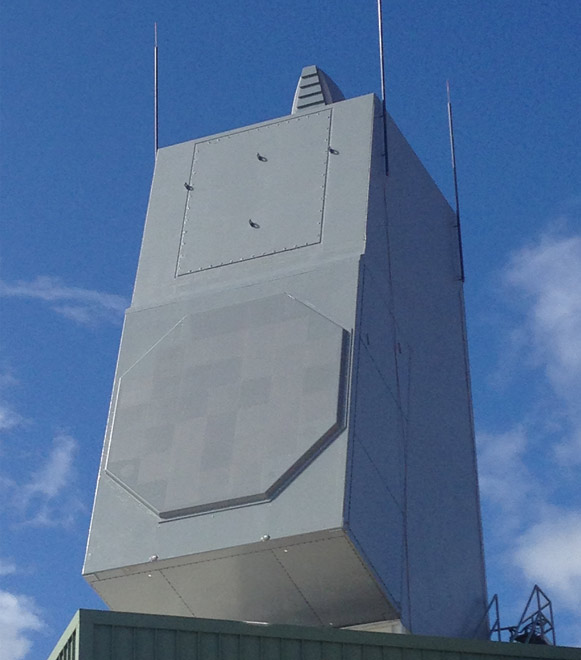



Navy S Spy 6 Radar On Track Proceedings June 17 Vol 143 6 1 372
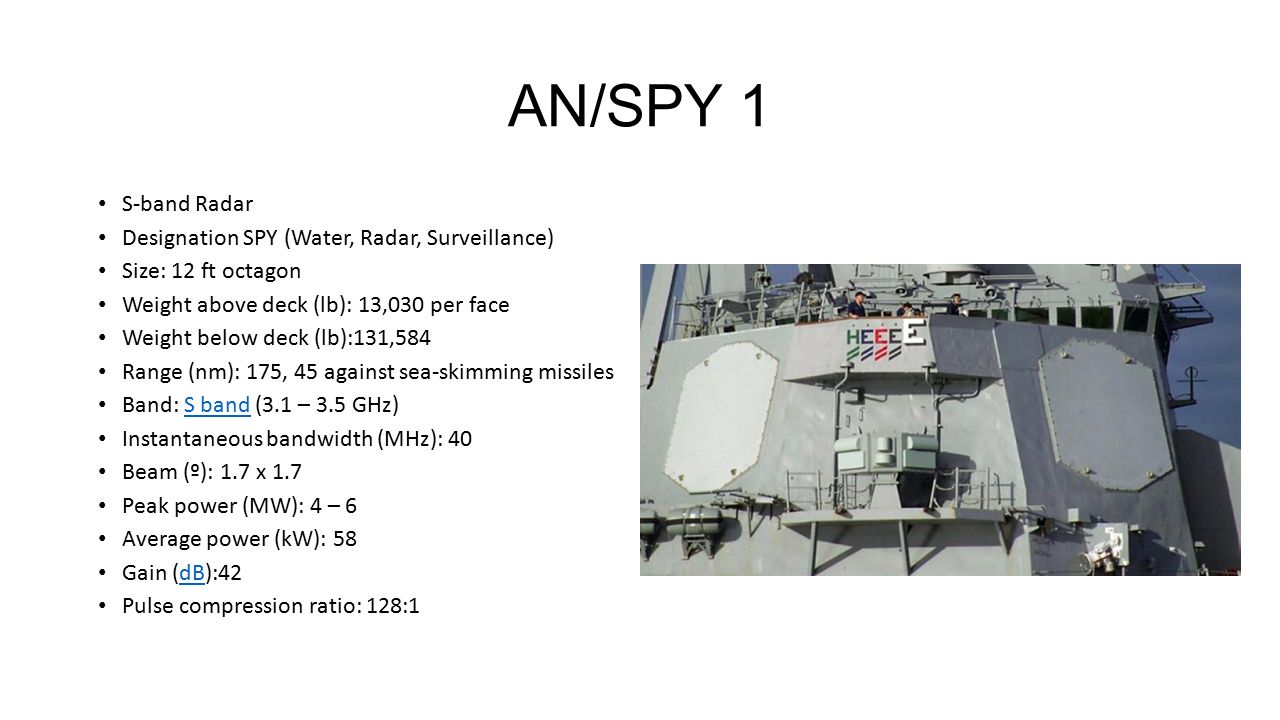



Phased Array Radar Principles Ppt Video Online Download




Why Spy 7 Is The World S Most Versatile Radar Lockheed Martin
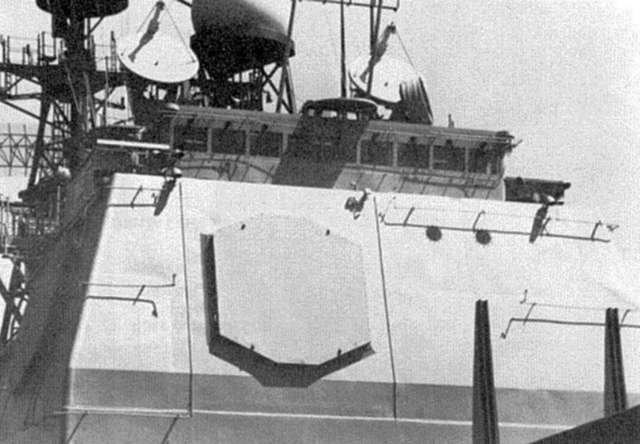



An Spy 1 Radartutorial




7 Fast Facts About The Navy S Newest Radar Amdr Will Help Keep The World A Safer Place Raytheon




Dual Band Radar Dbr Raytheon



An Spy 1 Shipbucket Wiki
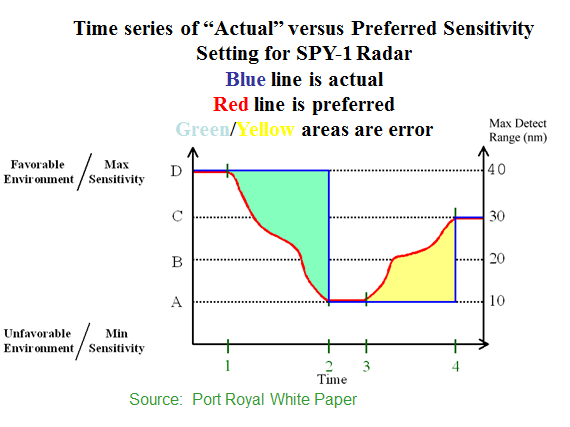



Module 4 2 Evaporation Duct Effects




How Capable Would The Raytheon Sm 3 Block Iia Missile Be As A Defense Against Anti Ship Ballistic Missiles Such As The Pla S Df 21d Quora



2



What S The Difference In The Navy An Spy 6 Amdr And The Current Radar Systems Quora




Sherry Anti Spy Detector Camera Finder Rf Signal Detector Gps Bug De Golden Invest Llc




Severe Weather Origins And Prediction Ross Reynolds Department



Spy1
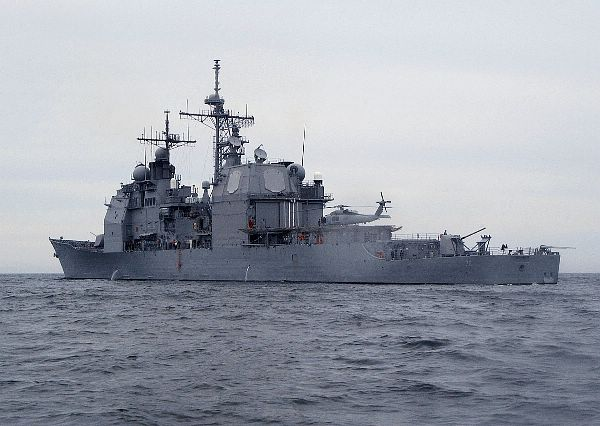



Ballistic Missile Defense The Aegis Spy 1 Radar August 3 12 Mostlymissiledefense



2



What S The Difference In The Navy An Spy 6 Amdr And The Current Radar Systems Quora
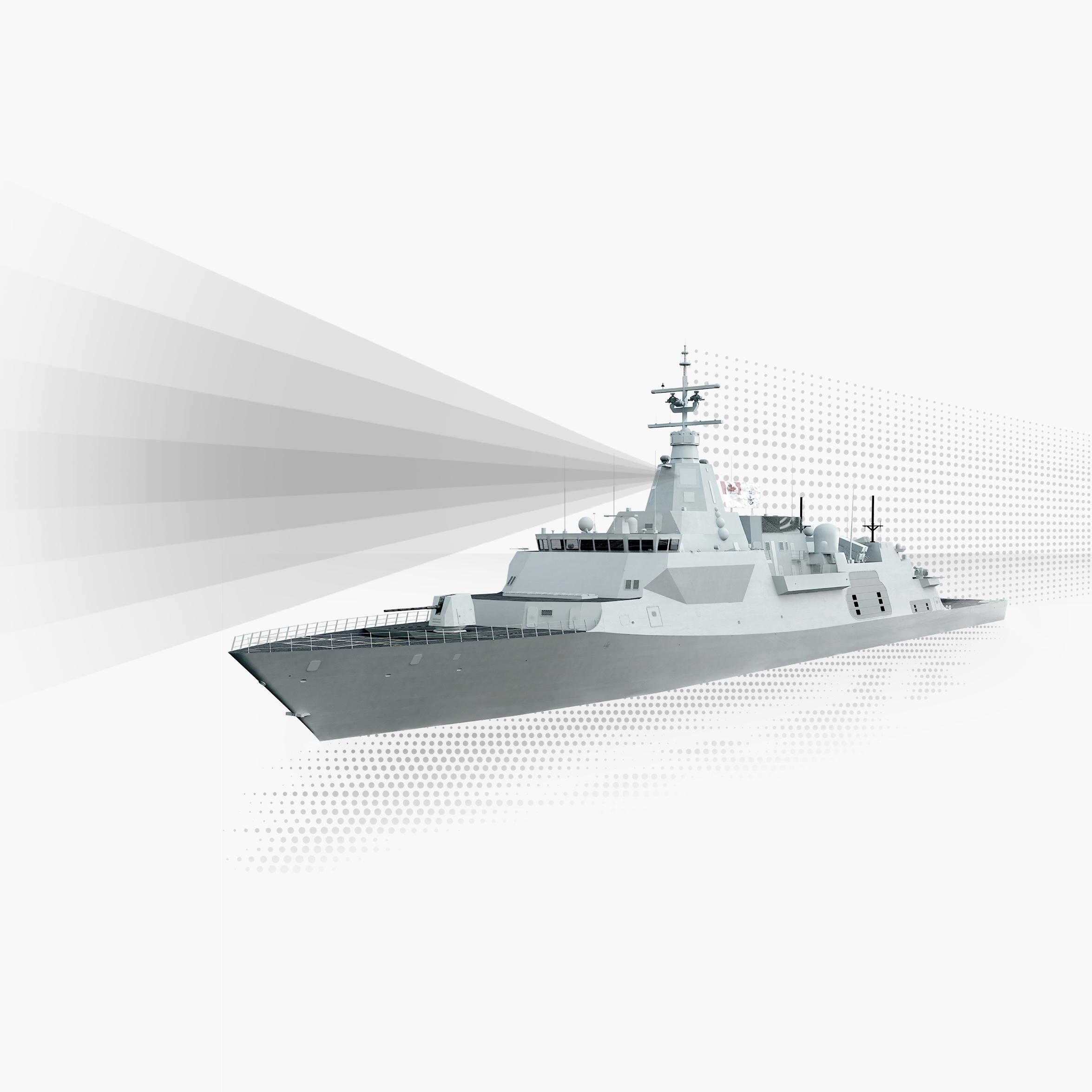



Why Spy 7 Is The World S Most Versatile Radar Lockheed Martin



File The Antenna Of The An Spy 1 Radar Jpg Wikimedia Commons




An Spy 1 Vikipediya



1



Search And Acquisition Radars S Band X Band



Phased Array Radar Principles Ppt Video Online Download



Which Tpa3255 Amp Do You Recommend Page 3 Audio Science Review Asr Forum




Sensors And Command And Control Missile Threat
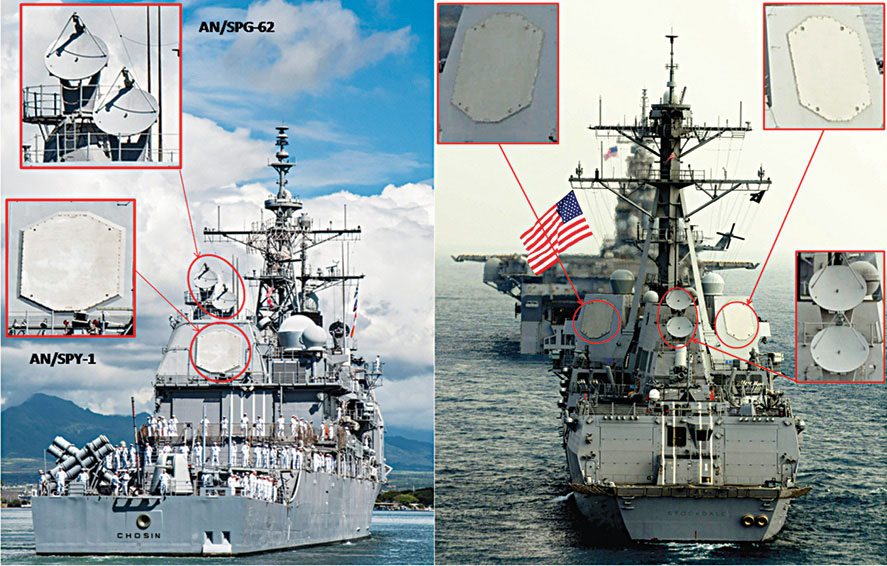



American Carrier Strike Groups An Electronic Perspective Part 2 Of 5 Page 2 Of 5 Electronics For You
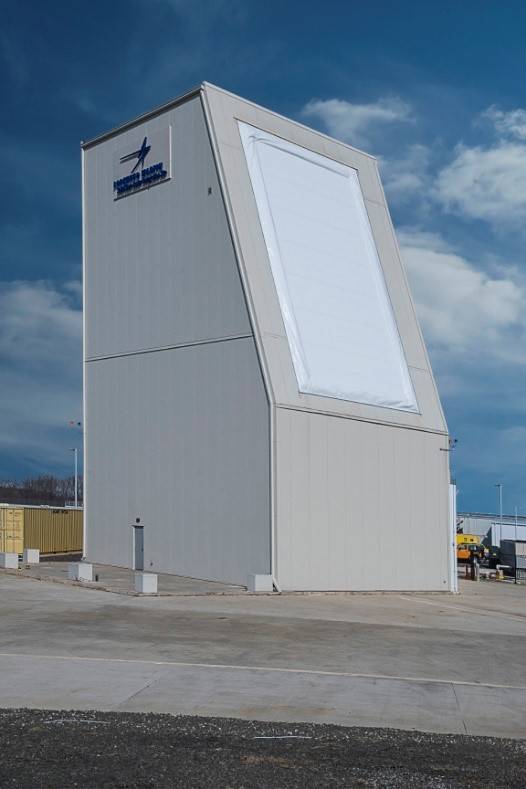



Japanese Missile Warning Radars



3



No comments:
Post a Comment